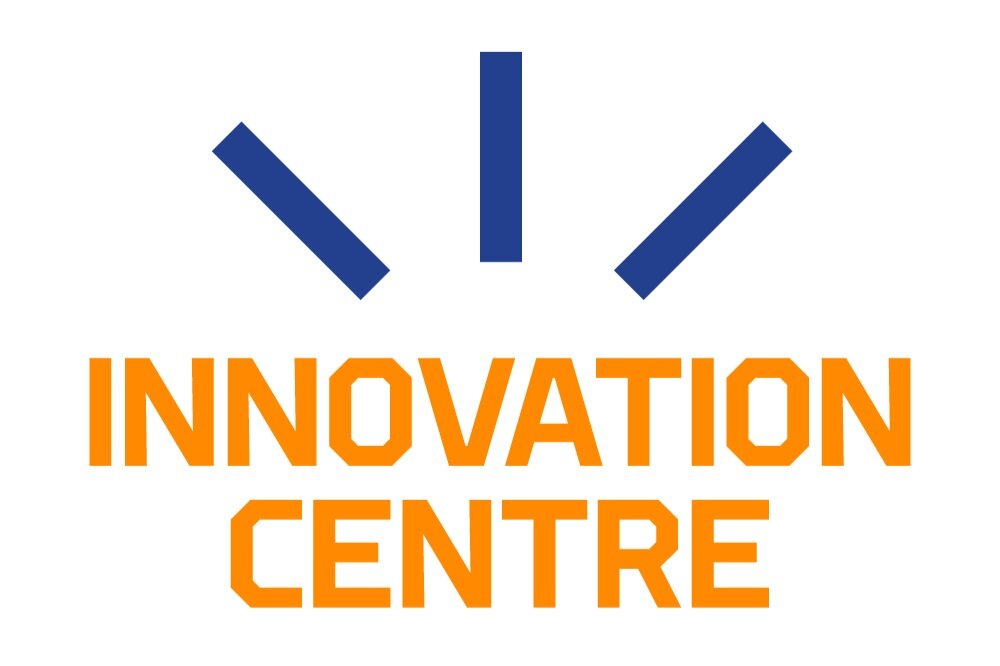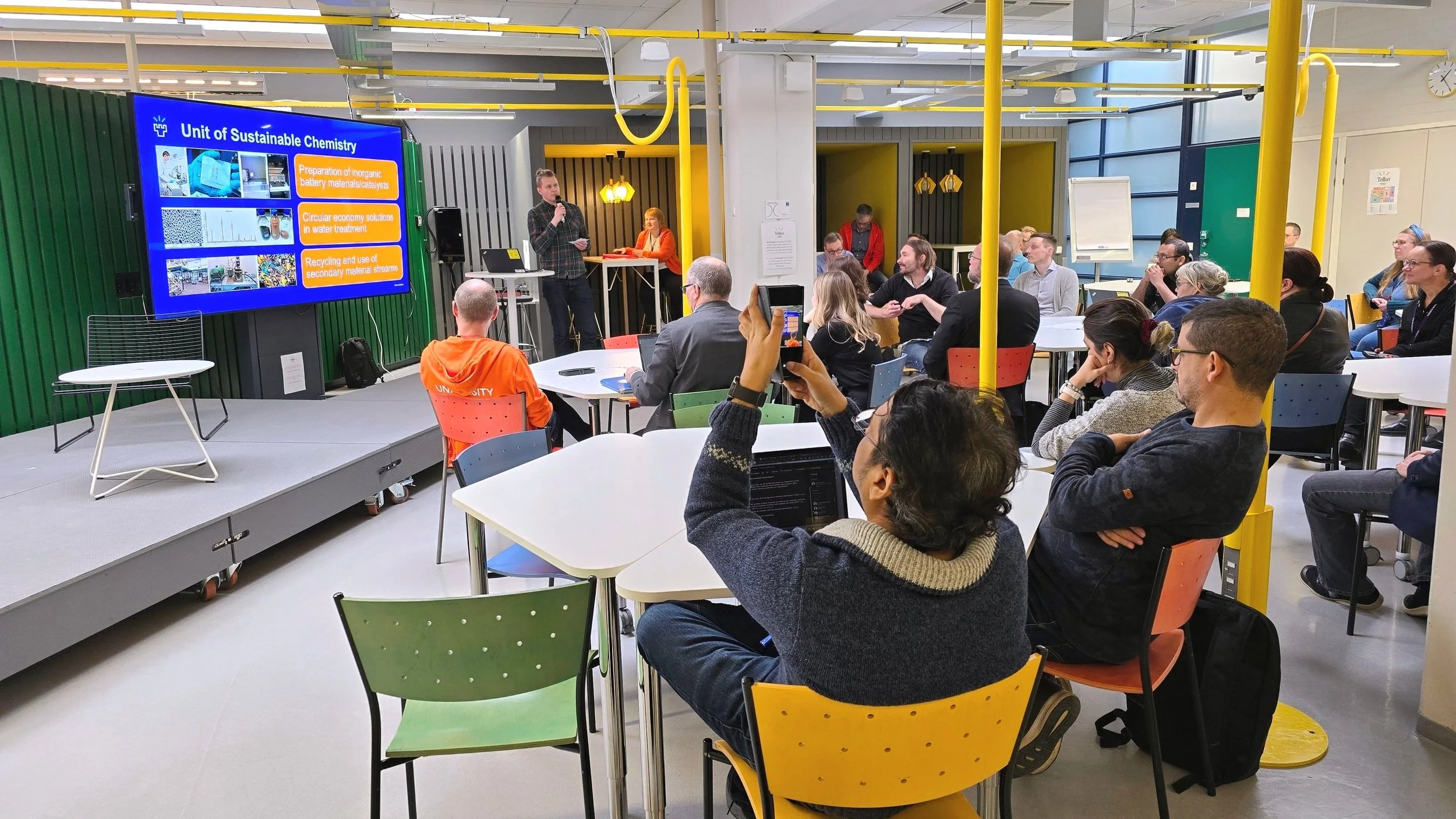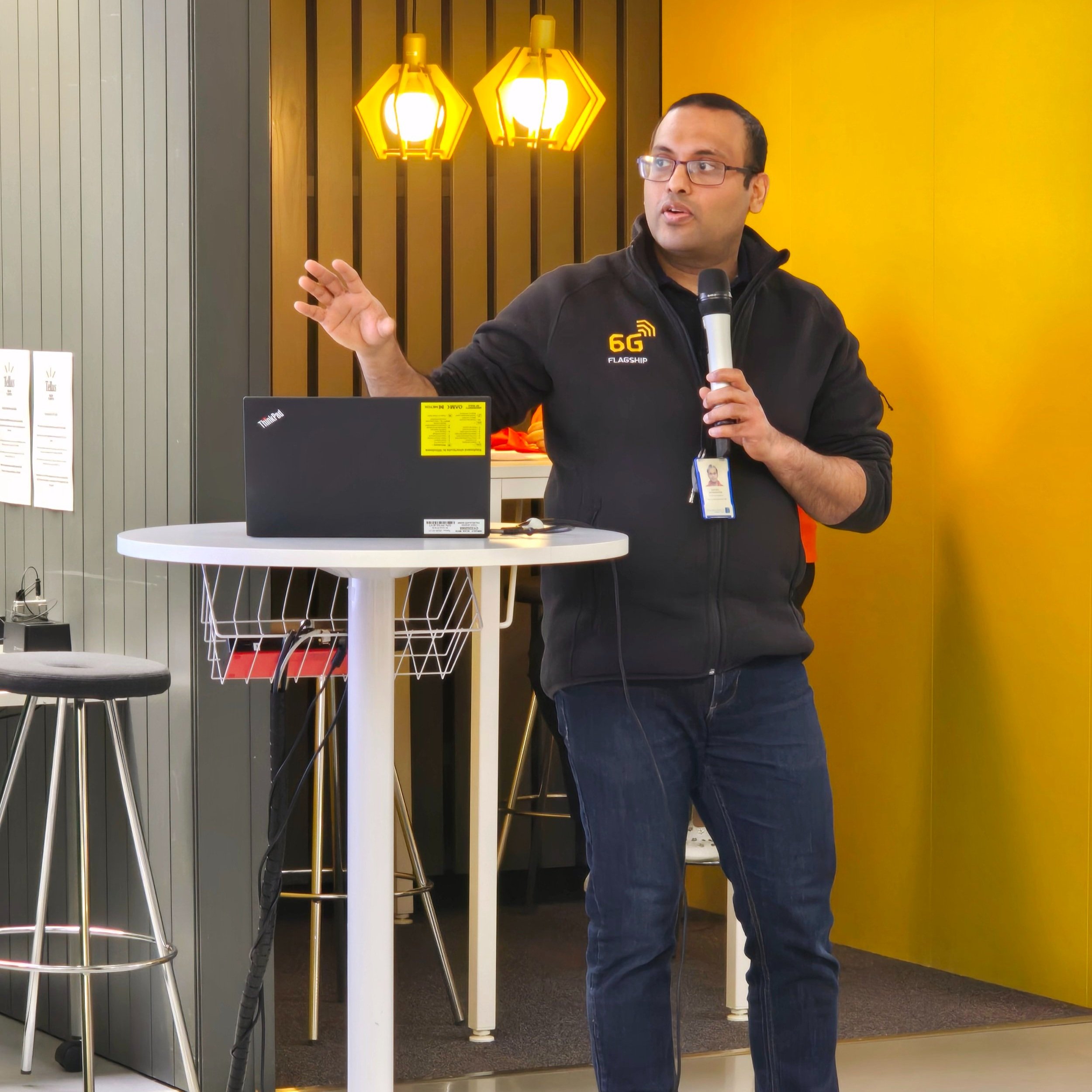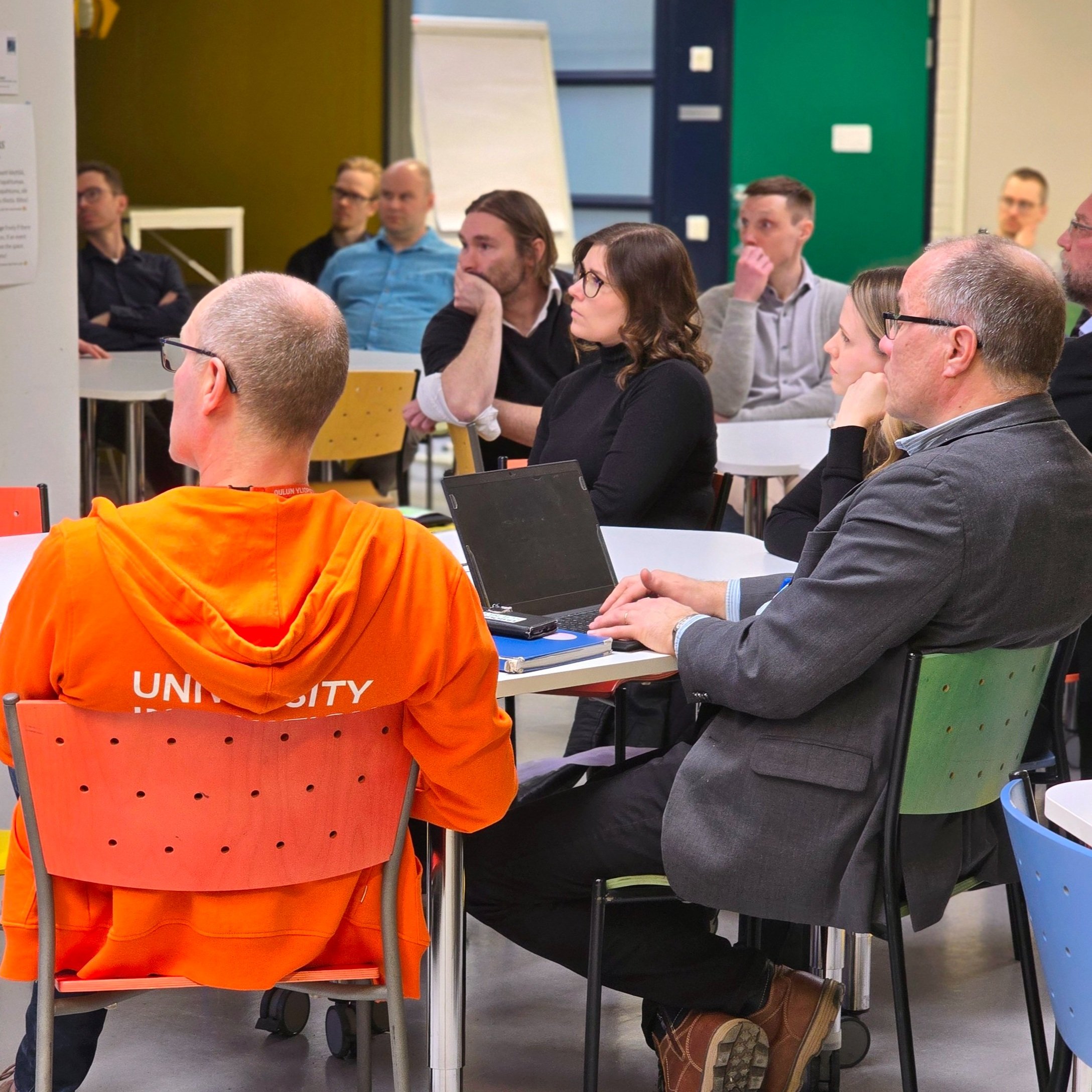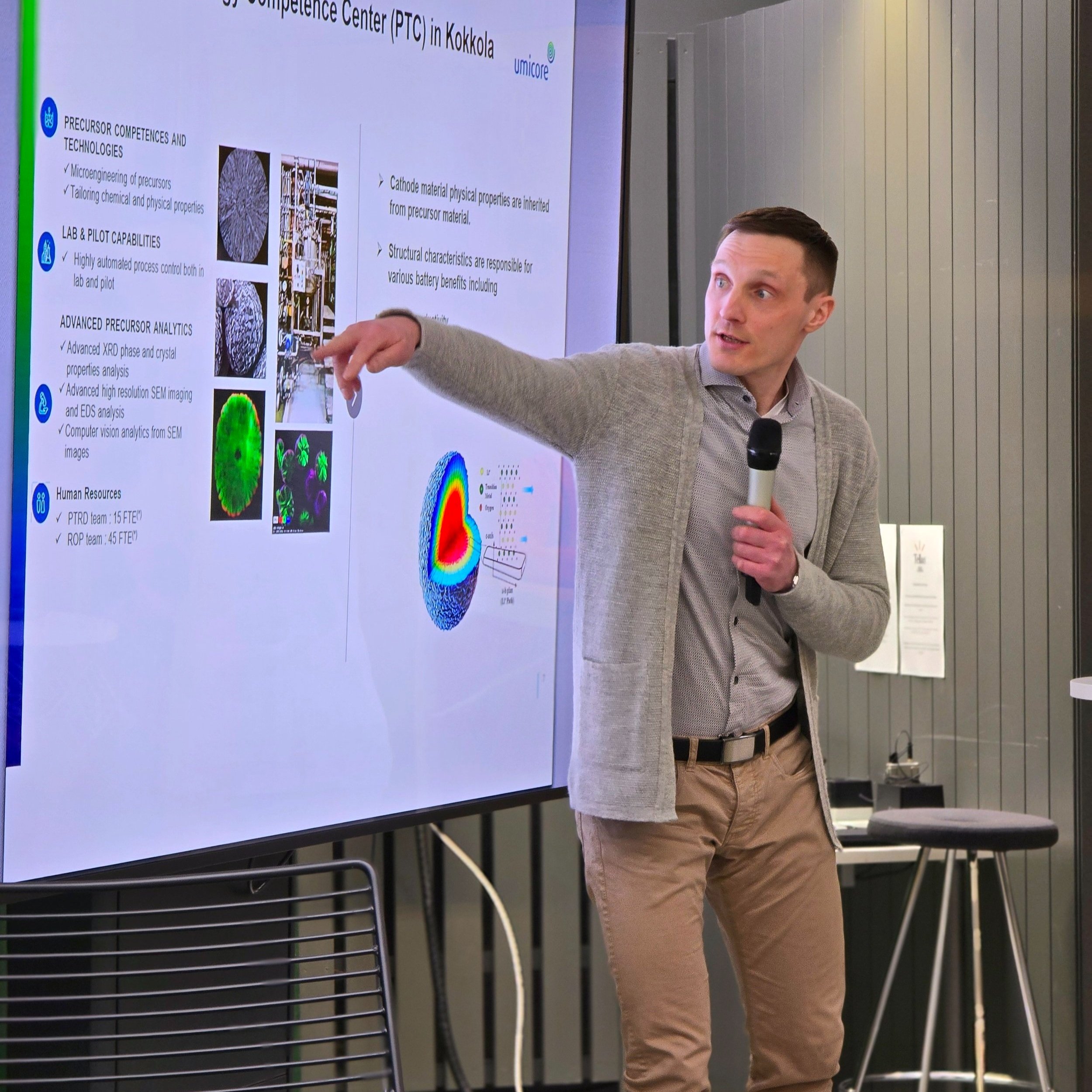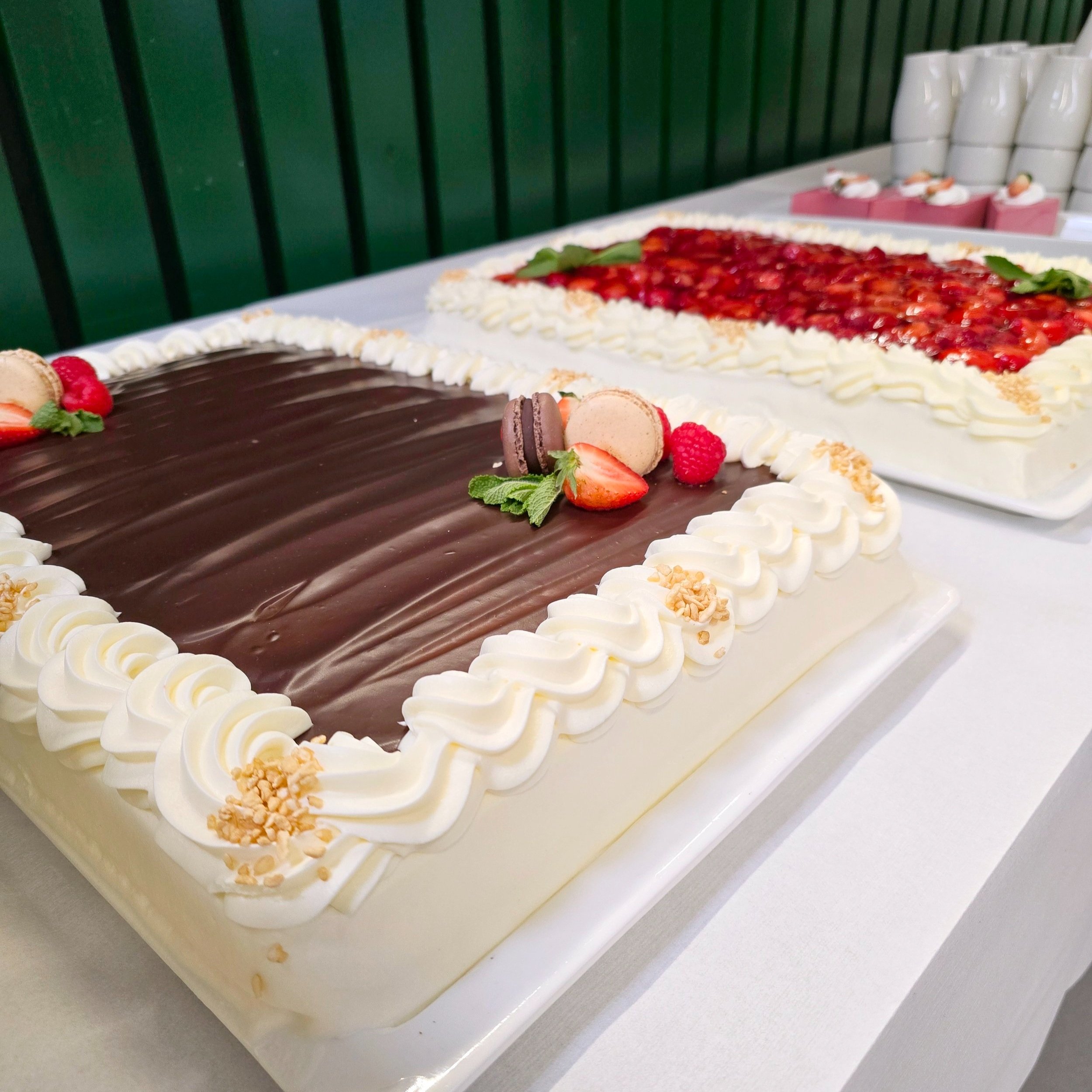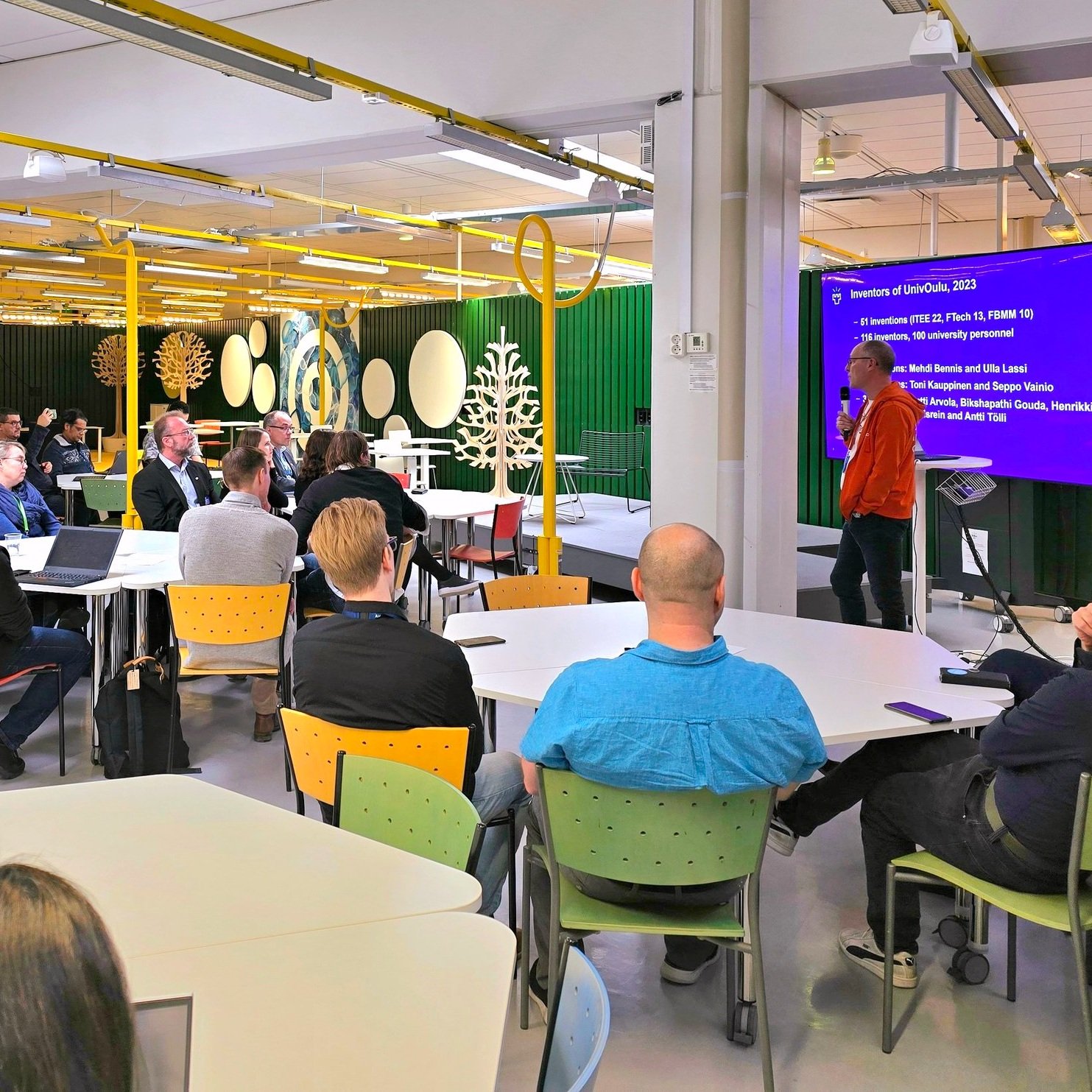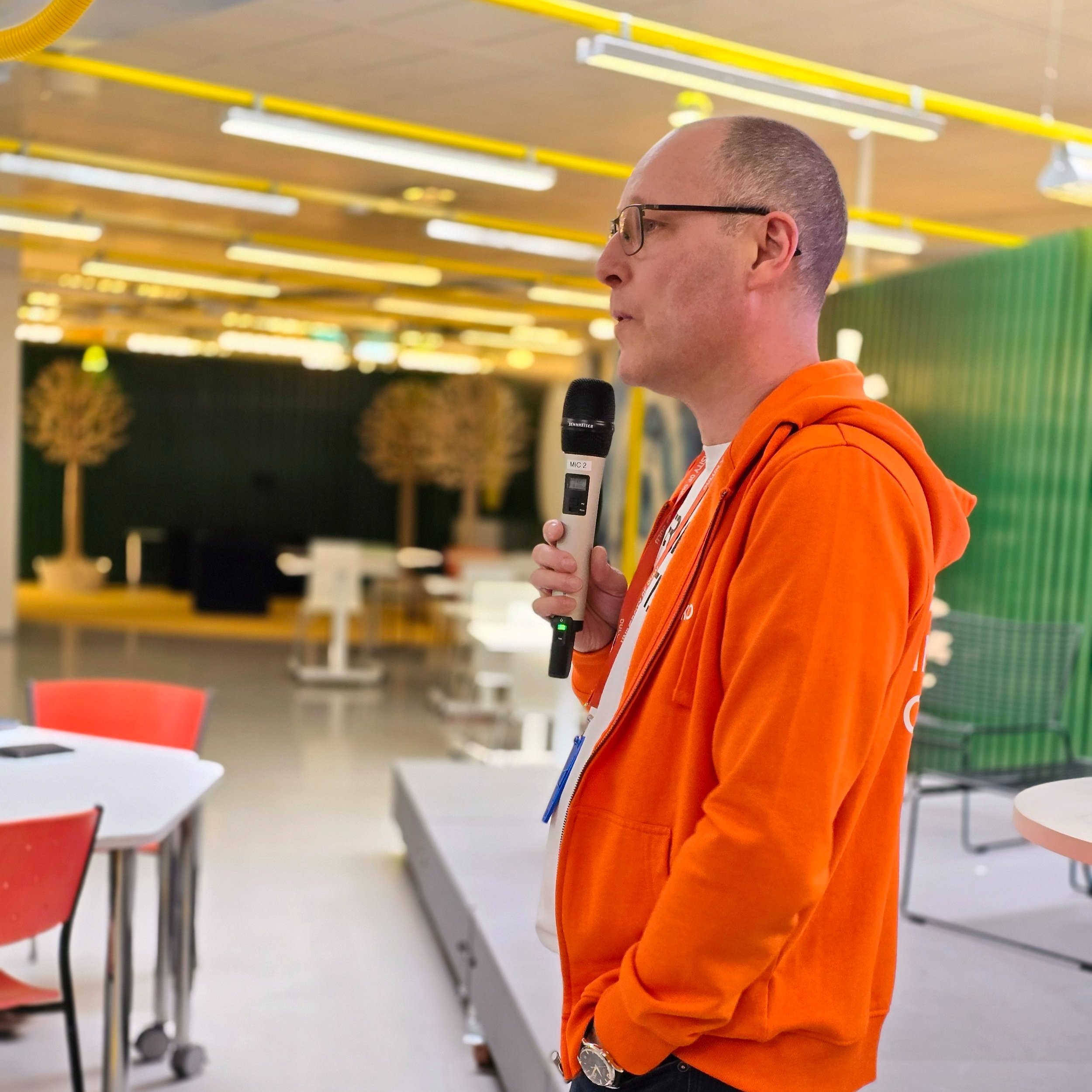Researchers, inventors and innovation agents — University Inventor Day celebrated new insights
On Friday 26 April, researchers and inventors had reason to celebrate! It was World Intellectual Property Day, which aims to draw attention to the role of creativity and invention in contributing to the prosperity and well-being of humanity. Intellectual property refers to intangible rights such as copyrights, patents and trademarks.
Also at the University of Oulu, we celebrated inventors and inventions at the University Inventor Day event organised by the Innovation Centre. At the event, we revealed the researchers at the University of Oulu with the most invention disclosures in 2023 and heard inspiring talks on how innovation benefits the researcher, how to identify an invention from research results and how to help companies see the importance of an invention. Around 40 researchers and other participants attended.
The event put the spotlight on people whose research and inventions benefit both the University of Oulu and society as a whole. From the latest technologies to life-saving medical innovations, their inventions are changing the world: the way we live, work and think.
Dozens of inventions a year from the University of Oulu — and maybe more in the future!
The University of Oulu has a huge amount of sharp thinking and cutting-edge innovations, but how much exactly in terms of numbers? Jouko Uusitalo, Head of the Innovation Centre, gave us a speech about this topic.
Every year, the University of Oulu makes dozens of new inventions that could be the start of future innovations. In 2023, 51 of them were reported from 116 different inventors. The Faculty of Information Technology and Electrical Engineering was the largest contributor with 22 inventions. The Faculty of Technology (13) and the Faculty of Biochemistry and Molecular Medicine (10) came next. Our researchers with the highest number of invention disclosures (5) were Ulla Lassi and Mehdi Bennis. Toni Kauppinen and Seppo Vainio came second with four invention disclosures.
There is certainly more potential for invention at our university, but sometimes it can be challenging for a researcher to know when there is an invention worth reporting. To tackle this problem, among others, we introduced a new and mysterious Innovation Agent position for which we are looking for suitable candidates. The agents' job is to infiltrate research units like detectives and keep an eye on what research results are emerging. In a less Bond-like way, it's about being an approachable person who talks to researchers and helps them spot when a new invention has been made. If you are interested or would like more information, please send a message to Jouko: jouko.uusitalo@oulu.fi.
Jouko also reminded the researchers of a few legal provisions concerning inventions. Researchers are obliged to notify their invention to the university as soon as possible before it is published. To be patentable, the invention must be new and must not have been published before. The appropriate timing of publication and patenting should therefore be considered. The Innovation Centre can help you with these considerations too.
Invention activities benefit researchers in many ways
Researchers Toni Kauppinen and Sumudu Samarakoon spoke about the benefits of invention activities for researchers and how to identify an invention created in the course of research.
An invention doesn‘t necessarily have to be a completely new insight, but it can also be an addition or a new way of using an existing invention. Creating a new innovation starts, according to our speakers, with looking at your own environment: if you keep your eyes and ears open, you can pick up many different problems and challenges in your environment that need a new perspective. In particular, it is worth actively monitoring your own industry. Reading articles and research publications, for example, can also open up new avenues of thought, as they often mention current problems that need a completely new or better solution. Toni Kauppinen, who has been busy inventing over the past year, said that being part of several different research groups has helped his innovation. It brings new perspectives to things and helps to see the links between different fields and solutions.
In addition to being rewarding, invention is also profitable for researchers for many other reasons: it can bring financial benefits, good reputation and partners. There is a €300 reward for filing an invention disclosure, and a €1000-1500 reward for both filing a patent application and for obtaining a patent. These amounts are per invention, i.e. they are shared between all the authors of each invention. In addition, 40% of the net revenue generated by the patent goes directly to the inventor. So, in a good case, the financial benefits can be considerable.
There are also a number of ways to finance invention. Through the Innovation Centre, researchers and students at the University of Oulu can receive Proof of Concept (PoC) funding, which aims at the first implementation of an invention or idea with commercial potential. Research to Business funding is also available from Business Finland. It is for public research organisations’ projects where research teams and researchers want to build new business from their research and commercialise the product or service ideas. You can also read more about these funding schemes in our previous blog post.
From problem to idea to new solutions
The last person to step on the stage was Jarkko Vähäkangas, an alumni of the University of Oulu and patent attorney at the circular materials technology company Umicore. He shared his views on how to create new innovations and how to describe an invention so that it is better understood in the business world.
R&D should be seen as a systematic approach to creating new solutions, continuous development and staying ahead of the competition. Ways to create something new and improve what already exists should be kept on the table in the company all the time. In Umicore's case, a new idea could be generated, for example, by thinking about material properties, process efficiency, production capacity, environmental impact or equipment maintenance.
Once the problem has been defined, it is time to consider how it could be solved and what the impact of the solution would be. Does the idea solve the real problem? How is it different or better than possible previous solutions? What could make the idea even better? What does the solution look like in terms of numbers? How will the idea be put into practice? These are some of the questions to keep repeating during the process until the answers convince you and your colleagues. These are precisely the kind of things that companies are interested in, and it is a good idea to open them up in the invention disclosure.
After the speeches, the event continued with sparkling wine and networking. It was a pleasure to see that many researchers stayed to chat and exchange ideas for a longer period of time. We will organise this event also next year and for that we are looking for feedback and ideas from visitors! You can give your feedback here. We thank all participants!
If you are interested in turning your research ideas into new products, services or practices, please feel free to contact the experts at the Innovation Centre! We can also help you with issues such as patents and building relationships with the business world.
Janne Haverinen
janne.haverinen@oulu.fi
+358294488055
Markku Känsäkoski
markku.kansakoski@oulu.fi
+358294487506
